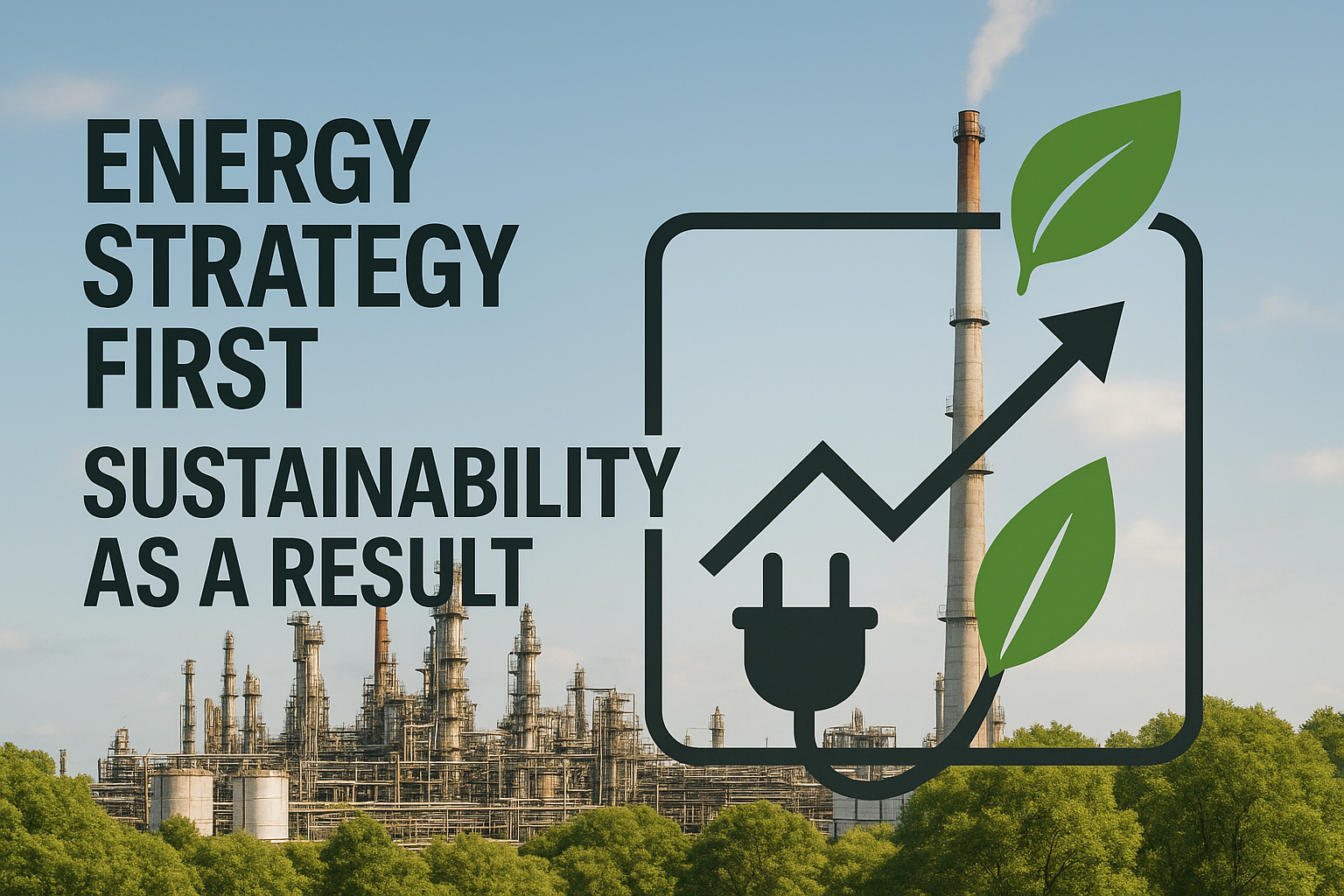A sudden temperature swing during the night shift leaves the polymer reactor operator uneasy. The coolant valve is fixed after a short failure, but lab results will take hours to confirm whether the batch meets specifications. Production continues, and uncertainty spreads.
Across polymer plants, situations like this create real financial risk. With narrow specification windows and tight molecular weight distributions, even slight temperature deviations can reduce first-pass yield and lower profitability. In a market where customers reject entire shipments over small variances, prevention matters more than recovery.
Modern polymer optimization strategies use real-time data to maintain quality within limits rather than waiting for lab results to signal a problem. Plants applying these approaches consistently report 1–3% higher throughput and reduced off-spec production, gains that compound as competitive and margin pressures rise.
Why Polymer Production Makes First Pass Yield So Hard to Control
Polymer processes present unique challenges compared to conventional chemical manufacturing. Residence time distributions create delays between process changes and measurable effects, preventing operators from making effective real-time adjustments. During this lag, polymer chains experience different reaction times within the reactor, creating molecular weight variations even under steady conditions.
Cascading reaction mechanisms compound these constraints. When one reaction step achieves less than complete conversion, followed by another step with similar inefficiencies, the overall yield decreases multiplicatively. Small deviations at any step compound throughout the cascade, creating off-spec polymer with incorrect structures that cannot be corrected downstream.
Temperature sensitivity adds another layer of complexity. Narrow tolerance windows mean that minor process disturbances immediately produce off-spec material, demonstrating the extreme sensitivity of polymer processes to thermal variations.
The Domino Effect of Reactor Upsets on Final Product Quality
Reactor disturbances trigger cascading effects through polymer production that impact final product quality. Small coolant temperature changes can dramatically alter reactor behavior, causing molecular weight distribution shifts that propagate through downstream equipment. These minor variations create measurable financial impacts, with temperature excursions reducing first-pass yield.
In continuous polymerization, small deviations can trigger thermal runaway conditions that finishing operations cannot correct. Even minor jacket temperature variations in batch systems can decrease yield.
The fundamental constraint lies in tracing effects back to causes across extensive time delays:
- Batch processes: hours to days between sampling and lab results
- Continuous reactors: days to weeks from cause to quality confirmation
This timing gap means quality issues detected today may have originated from reactor conditions that occurred up to one week earlier, making traditional troubleshooting approaches ineffective.
When Lab Results Arrive Too Late: Understanding the Measurement Delay Problem in Polymer Manufacturing
Polymer quality confirmation through standard laboratory testing requires several hours and often even longer for full characterization. During this waiting period, production continues under close watch, since the cost of halting high-throughput operations typically outweighs the risk of producing additional off-spec material.
This timing gap can create significant economic losses. Every drop in first-pass yield raises unit production costs, while recurring off-spec events reduce overall plant profitability. For large-scale facilities, the combined impact of rework, scrap management, and lost throughput during investigations can reach into the millions each year.
Even faster analytical methods cannot fully eliminate the lag. Near-infrared spectroscopy can shorten analysis to minutes, but the inherent process delay remains. Polymer reactors operate with residence time distributions—material stays in the reactor for extended periods, and downstream processing adds further time before representative sampling becomes possible.
Grade Transitions and Recipe Changes That Risk First Pass Yield
Grade transitions create yield vulnerabilities with the primary constraint involving purging residual polymer from reactors and recycle streams, requiring multiple reactor volumes for complete removal.
Recipe changes demand simultaneous adjustment of interdependent variables, including temperature profiles, catalyst feed rates, and monomer ratios. Without coordinated multivariable control, transitions risk reactor instability while producing off-spec material that represents 5-15% of total batch production.
Market demands intensify these constraints through frequent transitions, with many plants managing multiple grades annually. Optimized strategies using advanced process control (APC) can reduce off-spec production while also cutting transition time.
Predictive Models That Understand Polymer Chemistry and Process Dynamics
Predictive optimization in polymer production requires models that capture the relationship between current reactor conditions and future polymer properties, accounting for residence time delays, reaction kinetics, and finishing operation impacts.
Unlike simple correlations, advanced predictive models integrate first-principles reaction kinetics with machine learning to achieve a reduction in mean absolute error, with maximum prediction error concentrations.
These models maintain accuracy under conditions that cause simple correlation-based models to fail. The technical distinction lies in capturing nonlinear dynamics, multivariable interactions, and time-dependent effects unique to polymer chemistry.
AI models forecast melt index, molecular weight distribution, and density based on real-time process data with a significant reduction in prediction error compared to mechanistic models alone, enabling forecasts before lab results confirm quality.
By predicting drift toward off-specification regions, AI optimization enables operators to detect quality deviations hours before they manifest. Understanding that current reactor conditions will produce off-spec material in hours gives time for corrective action before significant additional volume is produced under the same incorrect conditions.
Real-Time Adjustments That Keep Polymers Within Spec Windows
Predictive insights translate into actionable guidance through structured control strategies that emphasize prevention over recovery. Model predictive control systems forecast reactor behavior minutes ahead, calculating optimal setpoints for feed rates, coolant flow, and catalyst injection before deviations occur.
The prevention paradigm contrasts sharply with traditional reactive approaches. Instead of waiting until the temperature exceeds a setpoint by a significant margin and making large coolant adjustments that cause overshoot, proactive AI optimization detects thermal trends when only minimally above setpoint and makes small valve changes that maintain temperature within tight tolerances throughout.
Feedstock variation compensation uses real-time monitoring to adjust monomer ratios based on detected purity and inhibitor variations. When molecular weight trends above target, operators receive immediate alerts with specific recommendations for catalyst dose reductions or temperature adjustments, enabling small proactive corrections rather than large batch adjustments.
Quantified benefits include:
- 1-3% throughput increases through tighter constraint control
- 5-15% energy savings by optimizing temperature and pressure profiles
- Substantial reductions in off-spec production through continuous small adjustments versus periodic large corrections
These improvements leverage existing sensors and actuators without capital-intensive retrofits. Additionally, advanced control strategies can reduce off-spec production during grade transitions, with optimized approaches recovering first pass yield losses that would otherwise occur during transitions.
How Imubit Enables Proactive First Pass Yield Protection in Polymer Production
Preventing polymer yield losses requires understanding complex process relationships and predicting quality outcomes before lab confirmation. Traditional reactive approaches cannot overcome 15-90 minute residence times, narrow specification windows, and lengthy lab delays.
Imubit’s Closed Loop AI Optimization solution transforms operations from reactive to predictive yield protection. By combining first-principles kinetics with machine learning, the platform provides real-time polymer property predictions that address lab delays. During vulnerable grade transitions, the system provides specific recommendations that minimize off-spec material while reducing transition times, enabling faster, more confident operations through multivariable optimization.
Ready to protect your polymer yields before problems occur? Get a plant assessment with Imubit’s experts to identify high-impact optimization opportunities tailored to your specific production constraints and economic drivers.




